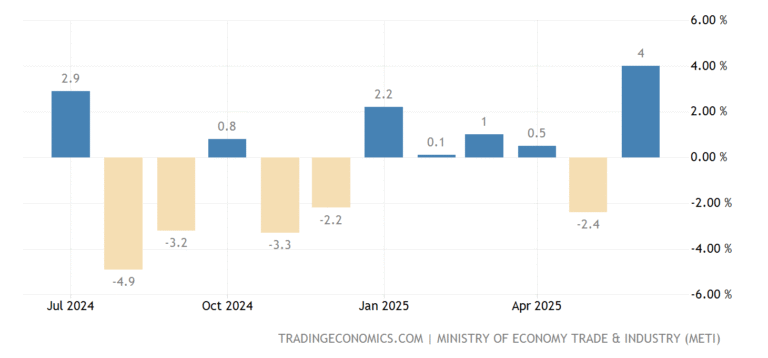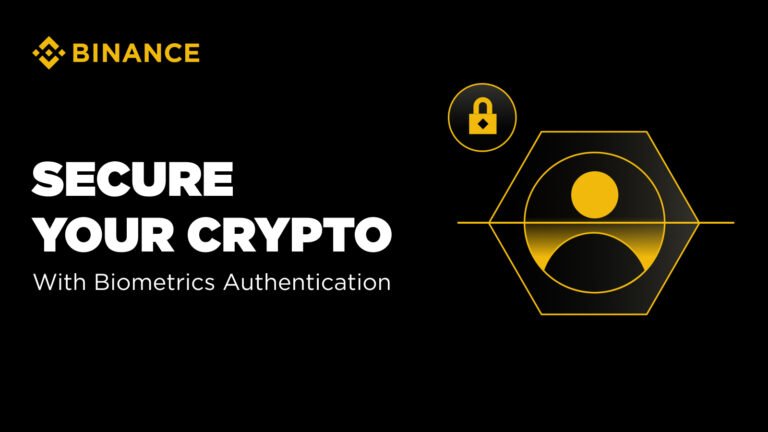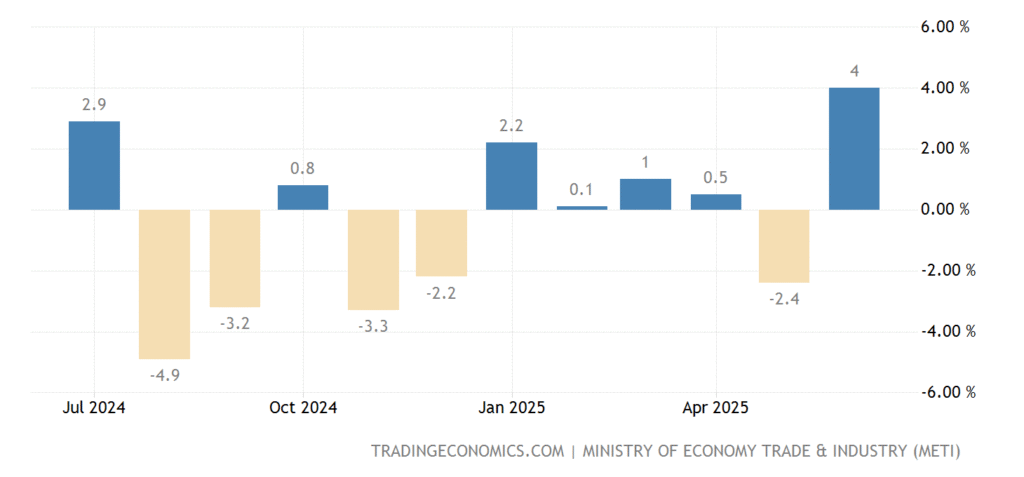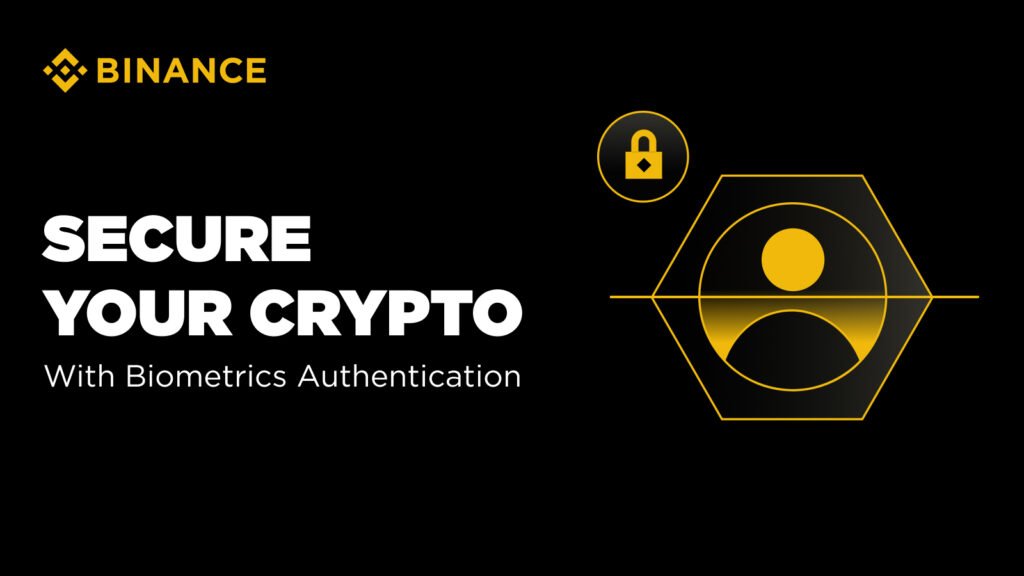Crypto staking has emerged as a popular way for investors to earn passive income while supporting blockchain networks. Yet, for many newcomers, the process can feel daunting and filled with technical jargon. Whether you’re curious about boosting your crypto portfolio or exploring alternatives to traditional investing, understanding staking is key to unlocking these potential rewards safely and effectively.
As decentralized finance continues to grow, staking has become more accessible through user-friendly platforms that combine security with flexibility. This guide breaks down the essentials of staking cryptocurrency into clear, manageable steps — so you can start confidently, avoid common pitfalls, and maximize your opportunities in today’s evolving digital asset landscape.
What Is Crypto Staking and Why Does It Matter Now?
Staking involves locking up a certain amount of cryptocurrency in a blockchain network to support its operations, like transaction validation and network security. In return, stakers receive rewards, typically paid in the same crypto asset. Unlike traditional mining, staking requires less energy and hardware, making it more sustainable and accessible.
The rise of proof-of-stake (PoS) blockchains, such as Ethereum 2.0, Cardano, and Polkadot, has driven a surge in staking interest. These networks rely on stakers to maintain consensus, replacing the energy-intensive proof-of-work model. As of 2025, staking assets exceed hundreds of billions of dollars worldwide, reflecting both growing investor interest and the importance of these networks in decentralized finance.
For many, staking offers a way to generate yield on assets otherwise sitting idle. But it’s not without risks—crypto markets are volatile, and locking funds may restrict liquidity. Therefore, choosing the right platform and understanding the mechanics of staking are crucial steps before committing.
Step 1: Choose Your Crypto Asset Wisely
Not all cryptocurrencies support staking. Your first step is to select a PoS or delegated proof-of-stake (DPoS) coin that fits your investment goals and risk tolerance. Popular options include Ethereum (ETH), Solana (SOL), Cardano (ADA), and Polkadot (DOT). Each differs in minimum staking amounts, lock-up periods, and reward structures.
Research the coin’s fundamentals and the network’s health. For example, a stable and well-established blockchain with transparent governance may offer more predictable returns and security than newer or less transparent projects. Reading verified reports and community feedback can help you avoid scams or poorly managed tokens.
Step 2: Pick a Reliable Staking Platform or Wallet
Once you know which crypto you want to stake, choose a platform or wallet that supports staking functions securely. Some exchanges offer staking directly, but using dedicated wallets often provides better control over your assets.
Platforms like Voyallet integrate staking capabilities alongside secure storage and crypto cards, simplifying the management of your crypto portfolio in one place. Using such tools can reduce the complexity of juggling multiple apps and enhance security, especially for beginners.
Verify that your chosen platform has strong security measures, clear terms, and positive user reviews. Avoid services promising unrealistic returns or requiring complicated withdrawal processes, which are common red flags.
Step 3: Transfer and Secure Your Crypto
After setting up your wallet or account, transfer the crypto asset you want to stake into it. Ensure you use correct addresses and double-check transaction details, as blockchain transfers are irreversible.
Security is paramount. Enable two-factor authentication and back up your wallet’s recovery phrase securely. Many investors underestimate these precautions, which can lead to loss from hacking or accidental deletion.
Step 4: Start Staking and Monitor Your Rewards
With funds in place, you can begin staking by delegating your coins to a validator or joining a staking pool. Pools combine the assets of many holders, increasing the chance of earning consistent rewards and lowering the minimum staking requirements.
Pay attention to the lock-up period—the time your coins must remain staked before withdrawal. This varies by network and platform, so factor it into your liquidity planning.
Regularly monitor your staking rewards and network status. Some platforms provide dashboards with clear metrics and estimated payouts. Staying informed helps you adjust strategies and respond to network upgrades or changes.
Step 5: Understand Tax Implications and Reporting
Staking rewards are considered taxable income in many jurisdictions. Keep detailed records of your staking activities, including dates, amounts, and values at the time of reward receipt. Consult a tax professional familiar with cryptocurrency to ensure compliance.
Proper reporting not only avoids legal issues but also helps you understand your net gains and reinvestment potential.
Real-World Experience: Learning from the Community
Jane, a mid-career professional, shares her journey: “I was initially overwhelmed by staking, especially the technical terms and security concerns. But after trying Voyallet, which bundled staking and wallet management, I felt more confident. The platform’s interface made it easy to track my rewards, and I appreciated the security features.”
Stories like Jane’s highlight the importance of accessible platforms and trustworthy tools. They also show that staking is not just about numbers, but about building confidence and managing digital assets responsibly.
Actionable Tips for Safe and Effective Crypto Staking
- Start small: Begin with a modest amount to learn without risking significant capital.
- Diversify: Don’t stake all your crypto in one asset or platform.
- Research validators or pools carefully: Look for transparency, uptime, and fees.
- Stay updated: Follow official network announcements and community channels.
- Secure your wallet: Use hardware wallets or reputable apps with strong security.
- Avoid promises of guaranteed returns: If it sounds too good to be true, it probably is.
Platforms like Voyallet offer integrated staking and crypto card options, reducing the need to juggle multiple apps while maintaining security.
Looking Ahead: Staking as Part of Your Crypto Strategy
Staking represents a promising avenue to engage with blockchain ecosystems actively and earn rewards beyond mere price appreciation. As the crypto space matures, tools and platforms will continue evolving to enhance usability and safety.
Starting your staking journey with well-informed steps and trusted tools will help you navigate this dynamic landscape confidently, turning your crypto holdings into working assets for the long term.













